Summer squashes have many companions that can help to improve the flavor and help to repel pests that may take out your squash plants! These top 5 companion plants talked about can help in a variety of ways! We also give a bonus plant tip for a great plant to plant right before your summer squash season to help get rid of squash bugs!
Check out this video to see our top 5 favorite companion plants for summer squash and how they help to benefit them!
Flowers like Nasturtiums and Marigolds help to benefit summer squash by a few different ways!
They help to repel aphids and beetles away from tomatoes by acting as a trap.
They can also be effective against repelling the squash bug and squash vine borer.
Marigolds can help to deter nematodes in the soil with their roots as well!
Nasturtiums and Marigolds can also help to attract beneficial critters into your garden to help pollinate your squash flowers!
Fragrant herbs, such as mint can be effective to defend your squash against pests!
Mint plants are also known to improve the flavor of the squash!
Mint is very low maintenance and can tolerate lots of shade if shaded out from your large squash plants. Just be sure to plant your mint in a container around your squash unless you want A LOT of mint in your garden because it can take over quickly!
Radishes can repel many pests such as cucumber beetles, squash bugs, and aphids!
Especially be sure to try to Diakon variety to help deter your garden pests!
Radishes also can help to break up compact soil helping your squash to be able to absorb more moisture into the roots.
Dill is a great repellent for squash bugs, aphids, and whiteflies!
Dill can also help to bring in lots of beneficial critters to help pollinate your squash flowers!

If you have issues with squash bugs, cucumber beetles, and squash vine borers than definitely try this trick!!
Blue Hubbard Squash is a winter squash variety that can help to attract all your nasty bugs to this specific area away from your other plants!
In order for this to work, be sure to plant this squash 2-3 weeks prior to your other summer squashes being planted out so the squash bugs are attracted more to this one than your others.
Once you notice the squash bugs gathering on this plant, chop at the base and either place in an airtight bag into the trash can (far away from your garden!!!) or place directly into a fire to get rid of all the nasty critters!
Learn more about growing over 100 different foods, including how to manage various pests in our FREE iOS, Android, or new Universal Web App!

Carrie Spoonemore, co-founder of “From Seed to Spoon,” stands as a beacon of inspiration for gardeners and health enthusiasts alike. Her journey alongside her husband, Dale Spoonemore, in creating a platform that demystifies gardening and promotes a healthier lifestyle, has made a significant impact on individuals around the globe. Through the “From Seed to Spoon” app, Carrie has dedicated herself to empowering people to take control of their health and environment by growing their own food.
With a profound belief in the power of gardening to improve mental and physical health, Carrie’s contributions to the Seed to Spoon blog reflect her holistic approach to wellness. Her articles often focus on the nutritional benefits of homegrown fruits and vegetables, organic gardening practices, and the mental health benefits of spending time in nature. Carrie’s expertise in health science shines through in her detailed discussions on how specific plants can contribute to a balanced diet and overall well-being.
Carrie’s passion for gardening is deeply intertwined with her commitment to family and community wellness. She frequently shares personal stories of how gardening has brought her family closer together, offering practical tips for involving children in gardening activities and making it a fun, educational experience. Her writing encourages families to explore gardening as a means of spending quality time together while learning about nature and sustainability.
In addition to gardening advice, Carrie’s contributions to the blog include insights into the use of technology to enhance the gardening experience. She has played a crucial role in designing the “From Seed to Spoon” app to be user-friendly, ensuring that users of all ages and backgrounds can navigate the complexities of gardening with ease. Her vision for the app is not just as a gardening tool but as a vehicle for change, inspiring individuals to adopt a more sustainable lifestyle by growing their own food.
Carrie Spoonemore’s presence on the blog is marked by her compassionate approach to teaching and her unwavering belief in the transformative power of gardening. Her work continues to inspire a community of gardeners to pursue a healthier, more sustainable way of living, proving that with the right tools and knowledge, anyone can become a gardener and advocate for their health and the planet.

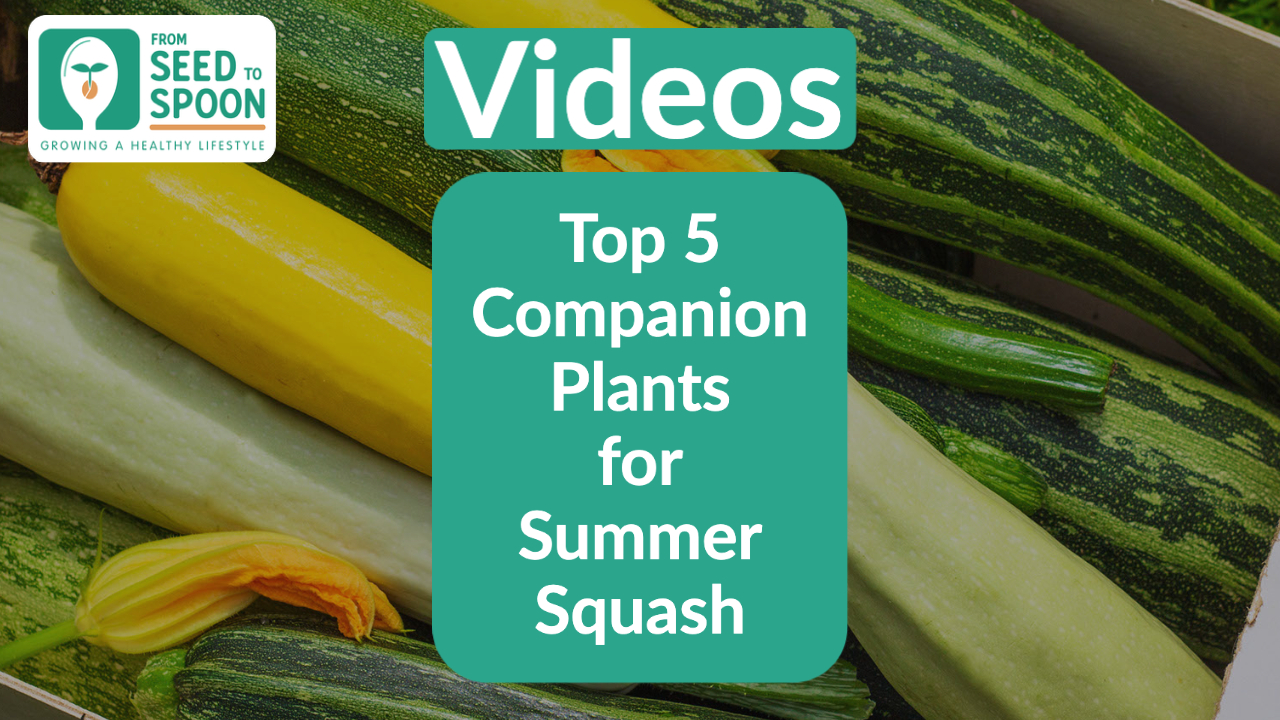





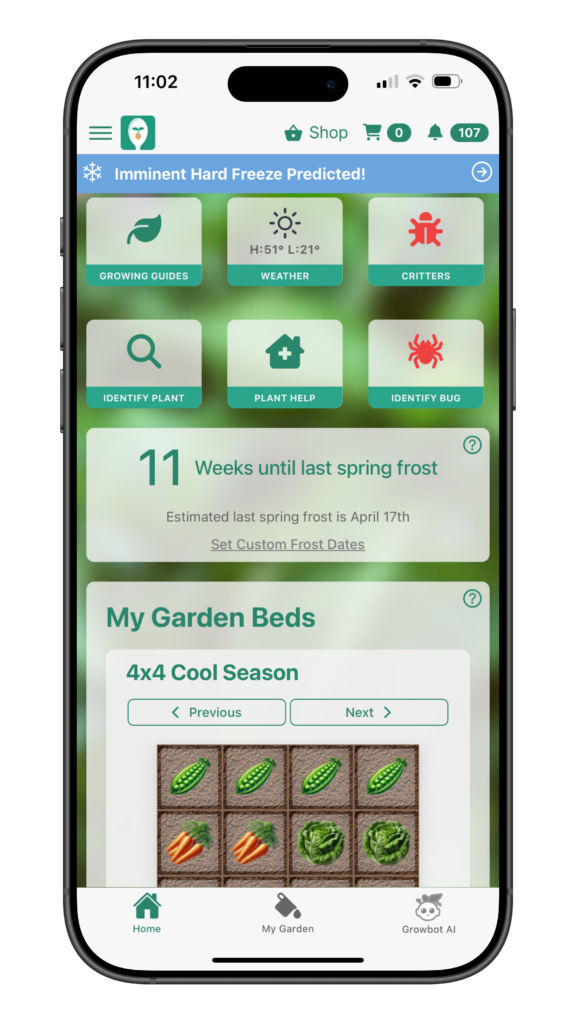

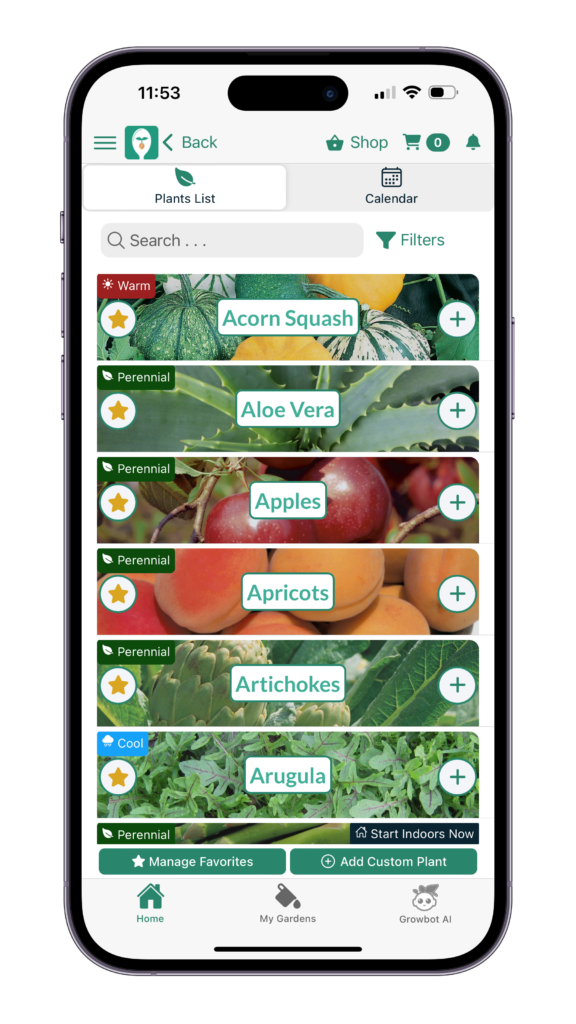



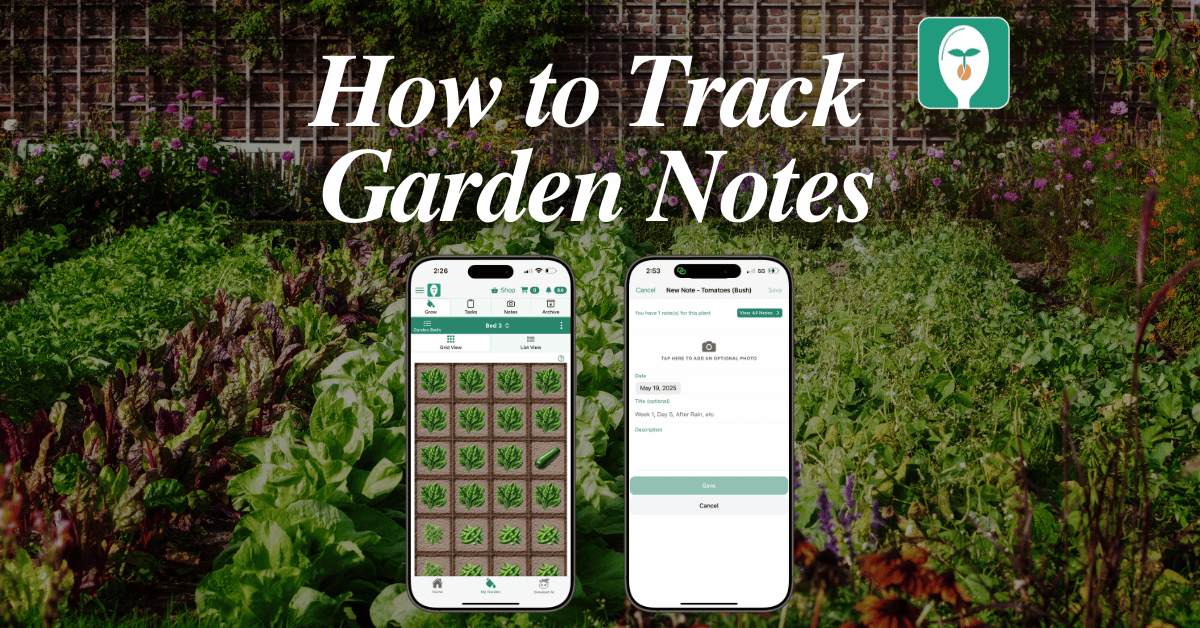
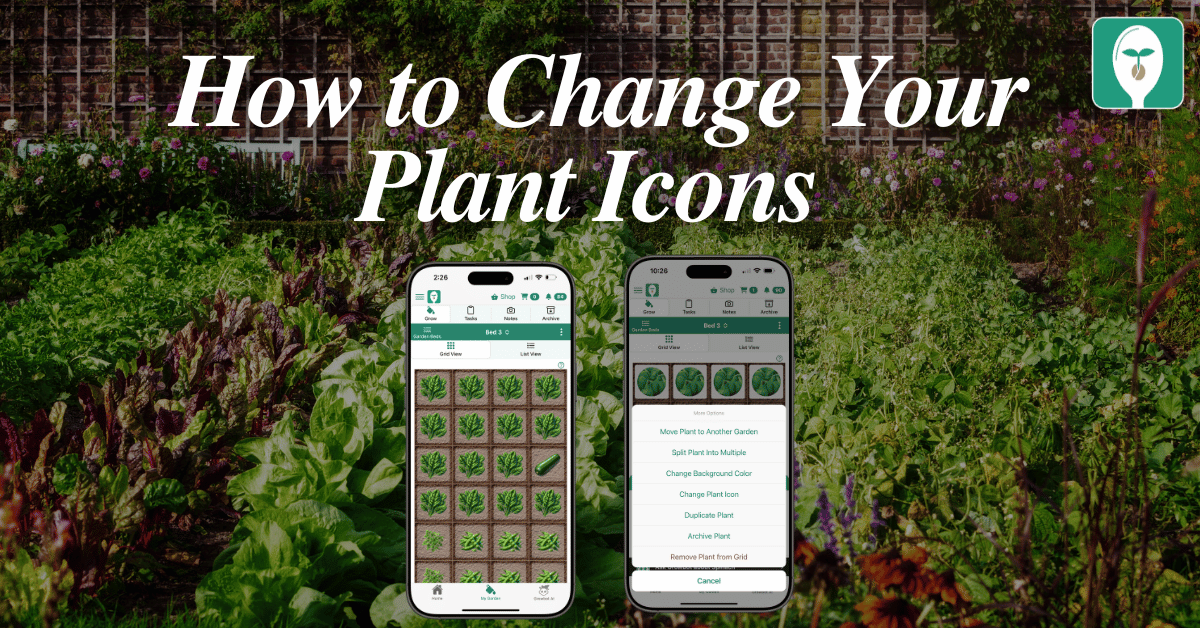
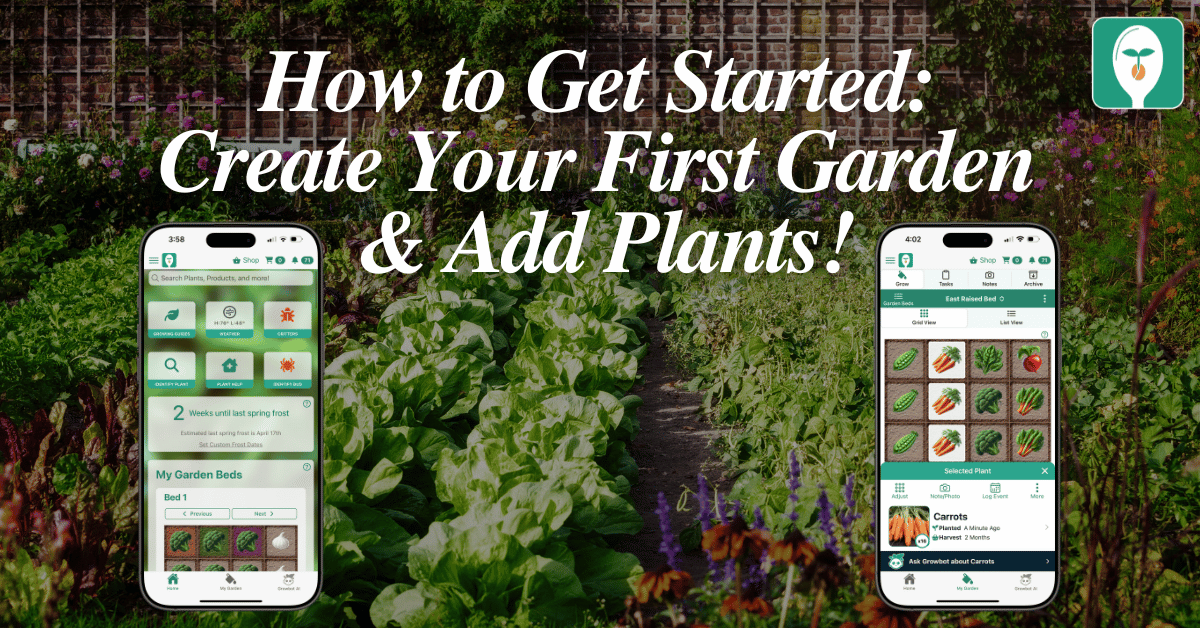

2 thoughts on “Top 5 Companion Plants for Summer Squash + a Bonus Tip to Help Battle Squash Bugs!”
Thank you for the input! I feel like I have a little more ammunition in my squash bug killing arsenal🤣
Great video!